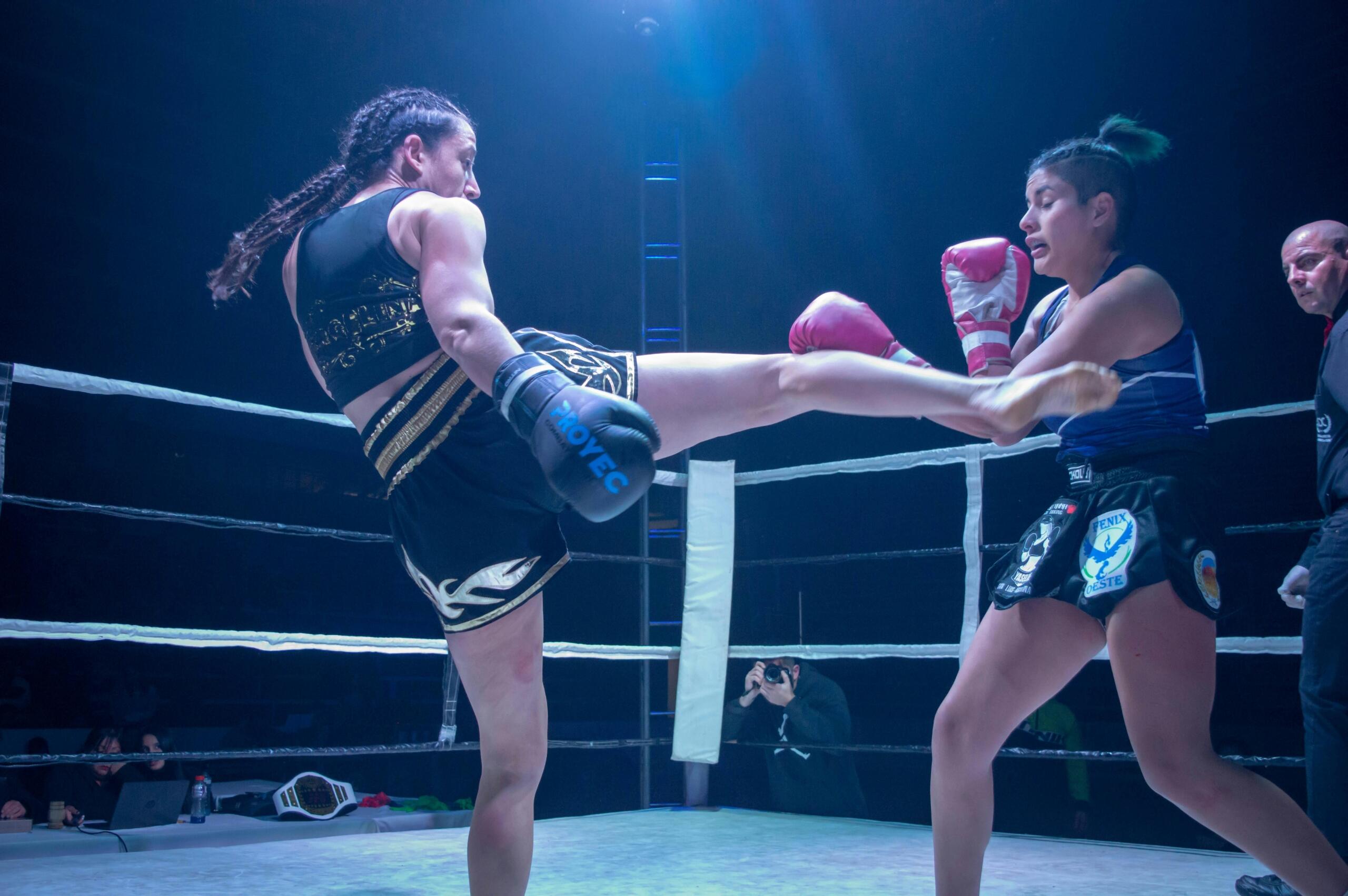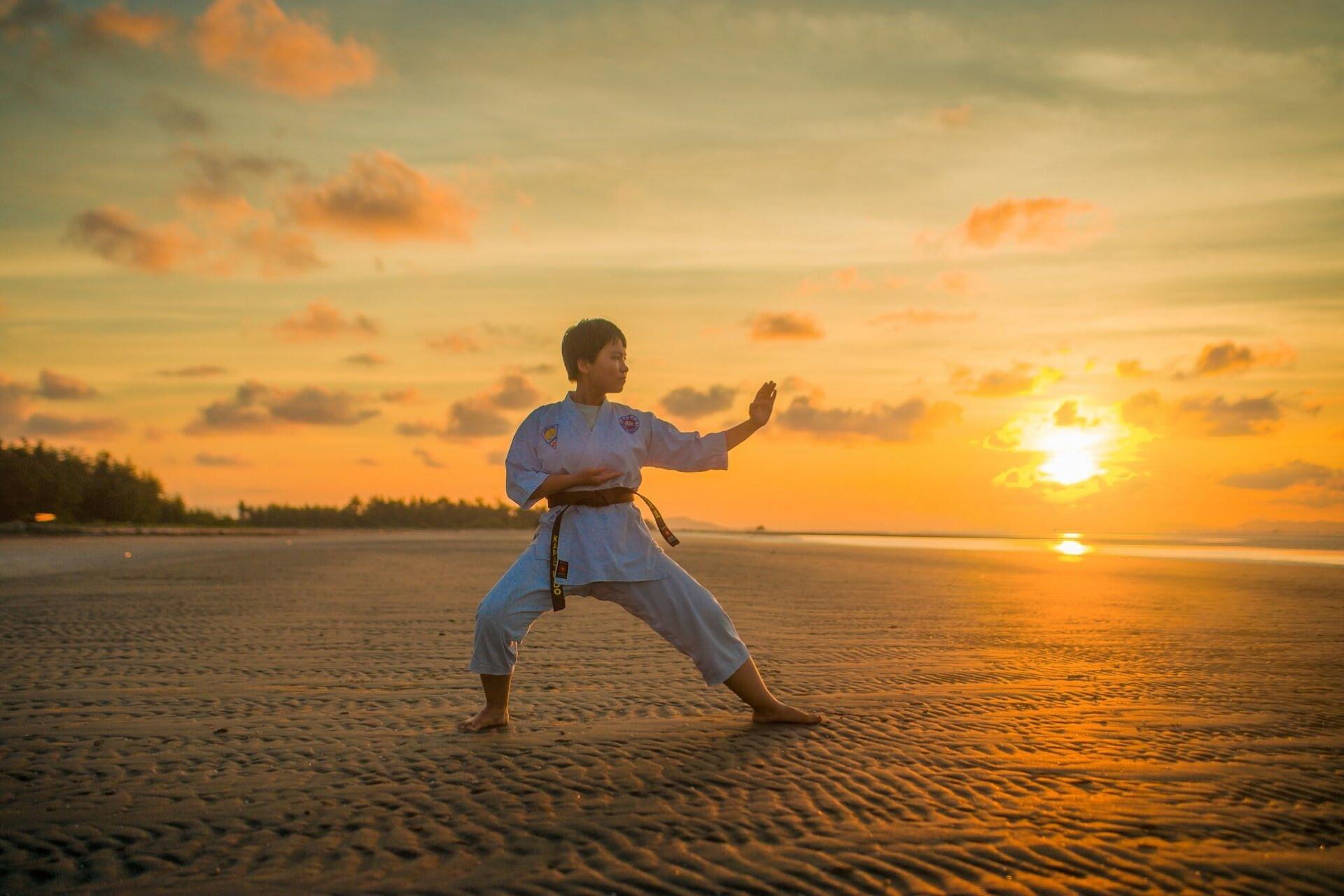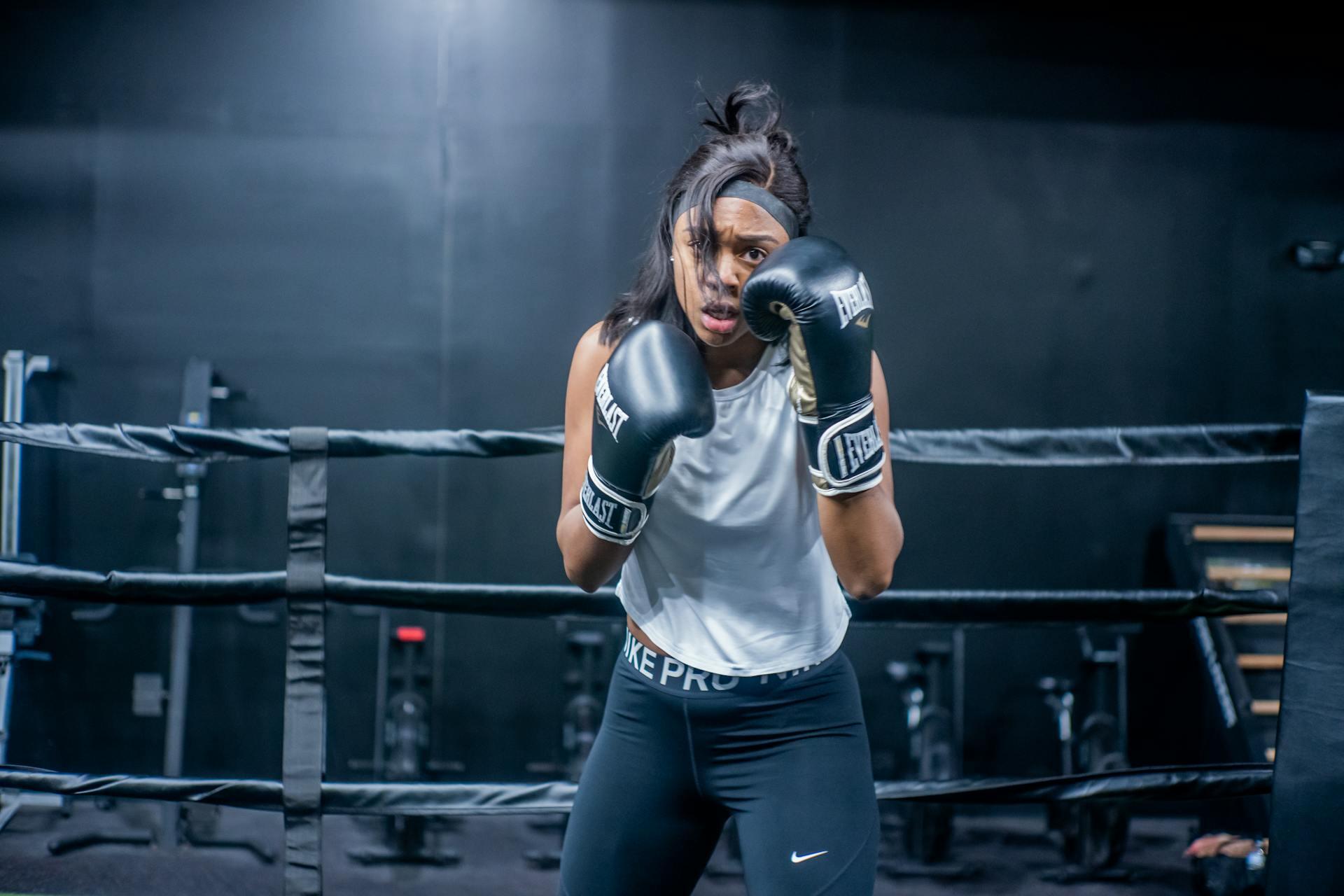The best fighter is not a Boxer, Karate or Judo man. The best fighter is someone who can adapt to any style.
Bruce Lee
Mixed Martial Arts (MMA) has come a long way from its underground beginnings to becoming one of the world’s most popular combat sports. Combining striking and grappling techniques from various disciplines, MMA has evolved into a well-regulated and globally recognized sport, with the UFC leading the charge. But how did it all start?

The Origins of Mixed Martial Arts
MMA isn’t a new concept. Fighters from different backgrounds testing their skills against each other has been around for centuries. From ancient civilizations to modern combat sports, the idea of combining different fighting styles has always been a part of human competition.
Throughout history, different cultures developed their own hybrid fighting systems that blended grappling and striking. Ancient Greek Pankration, Japanese Jiu-Jitsu, and Brazilian Vale Tudo all shared the same core idea — finding the most effective way to fight with minimal restrictions.
Even traditional martial arts like Karate and Taekwondo were influenced by cross-training, with fighters adopting techniques from different disciplines to improve their effectiveness in combat.
648 BC
Pankration in Ancient Greece
Pankration, a brutal mix of wrestling and striking, debuts at the Olympic Games.
1914
The birth of Brazilian Jiu-Jitsu
Japanese judoka Mitsuyo Maeda brings Judo (then called Kano Jiu-Jitsu) to Brazil and teaches it to the Gracie family, who evolve it into Brazilian Jiu-Jitsu (BJJ), a ground-based submission fighting style.
1920
Vale Tudo in Brazil
A no-rules combat sport called Vale Tudo (“anything goes”) emerges, featuring fights between BJJ specialists and Luta Livre practitioners, shaping early MMA-style competition.
1976
Ali vs. Inoki: Boxing meets wrestling
Boxing legend Muhammad Ali faces Japanese wrestler Antonio Inoki in a mixed-rules fight, sparking international interest in cross-discipline combat.
1993
The UFC is born
The first UFC event is held, featuring fighters from different martial arts in an attempt to determine the most effective combat style, with minimal rules and no weight classes.
2001
The UFC becomes a regulated sport
Under new ownership, the UFC introduces standardized rules, weight classes, and athletic commission oversight, transforming MMA from a spectacle into a legitimate global sport.
This evolution led to the Ultimate Fighting Championship (UFC), where fighters from different backgrounds stepped into the cage to see which style worked best. With almost no rules at first, it was raw and unpredictable, but it quickly grabbed attention and became one of the world's biggest sports.
Key Rules and Regulations in MMA
When the UFC first started in 1993, it was a wild, anything-goes kind of sport. There were no weight classes, barely any rules, and fights could go on without time limits.
Naturally, this caused a lot of controversy. Politicians and sports officials in both Canada and the U.S. called it “human cockfighting,” and efforts to ban MMA started gaining traction. If the sport was going to survive, it needed structure.
That’s exactly what happened. Over time, strict rules were introduced to make MMA safer and more professional. One of the biggest changes was the introduction of MMA weight classes, ensuring fighters were matched up fairly instead of facing massive size differences. Another key change was the 10-point must system, a scoring method borrowed from boxing, which made fights easier to judge.
With these new regulations, MMA transformed from a chaotic underground spectacle into a respected professional sport. Fighters now have to follow strict rules to keep things fair and safe—illegal moves like groin shots, eye gouging, or strikes to the back of the head can result in point deductions or even disqualification. Referees are there to enforce these rules, making sure fights stay clean and competitive.

The UFCs Rise and Route to Canada
The UFC started as a no-rules, underground-style competition, but over time, it evolved into a mainstream sport with a global fanbase. As MMA gained credibility, the UFC secured TV deals and major sponsorships, bringing the action into living rooms worldwide.
Canada quickly became one of the UFC’s biggest markets, thanks in large part to Georges St-Pierre (GSP). His dominance in the welterweight division made him a national icon, proving that Canada could produce world-class fighters. This momentum led to UFC 83 in Montreal (2008) — the first major UFC event in Canada — which was a massive success, breaking attendance records and cementing the country as a key player in MMA.
Since then, the UFC has made regular stops in Toronto, Vancouver, and Calgary, hosting some of the biggest fights in MMA history. And while GSP helped put Canada on the map, global superstars like Conor McGregor, Khabib Nurmagomedov, and Israel Adesanya have continued pushing the sport to new heights, bringing in millions of fans worldwide.
2001
TV Deals & Sponsorships
The UFC is purchased by Zuffa, which implements new rules, secures TV deals, and lands major sponsorships, making MMA a mainstream sport.
2008
UFC 83 (Montreal)
The first major UFC event in Canada breaks attendance records with over 21,000 fans, headlined by GSP vs. Matt Serra 2.
2010
Vancouver Hosts UFC 11
After years of legal battles, Vancouver hosts its first UFC event, UFC 115, proving Canada’s growing love for MMA and paving the way for future events in the city.
2011
GSP’s Legacy
Georges St-Pierre defends his title against Jake Shields at Rogers Centre in front of 55,000 fans, setting a North American attendance record.
2014
TUF Nations: Canada vs. Australia
The Ultimate Fighter (TUF) features a Canada vs. Australia season, showcasing top Canadian prospects and further cementing the country’s reputation as a powerhouse in MMA.
2018
Major UFC Events in Canada
High-profile fight nights take place in Toronto, Vancouver, and Calgary, reinforcing Canada as a key market for MMA.
The Future of MMA in Canada
While the UFC remains the ultimate goal for most fighters, local promotions like TKO MMA and Battlefield Fight League are playing a huge role in developing new talent. These organizations serve as proving grounds for up-and-coming fighters, helping them gain experience and exposure before making the jump to larger global promotions.
At the same time, more MMA gyms and training centers are popping up across Canada, giving aspiring fighters better access to top-tier coaching.
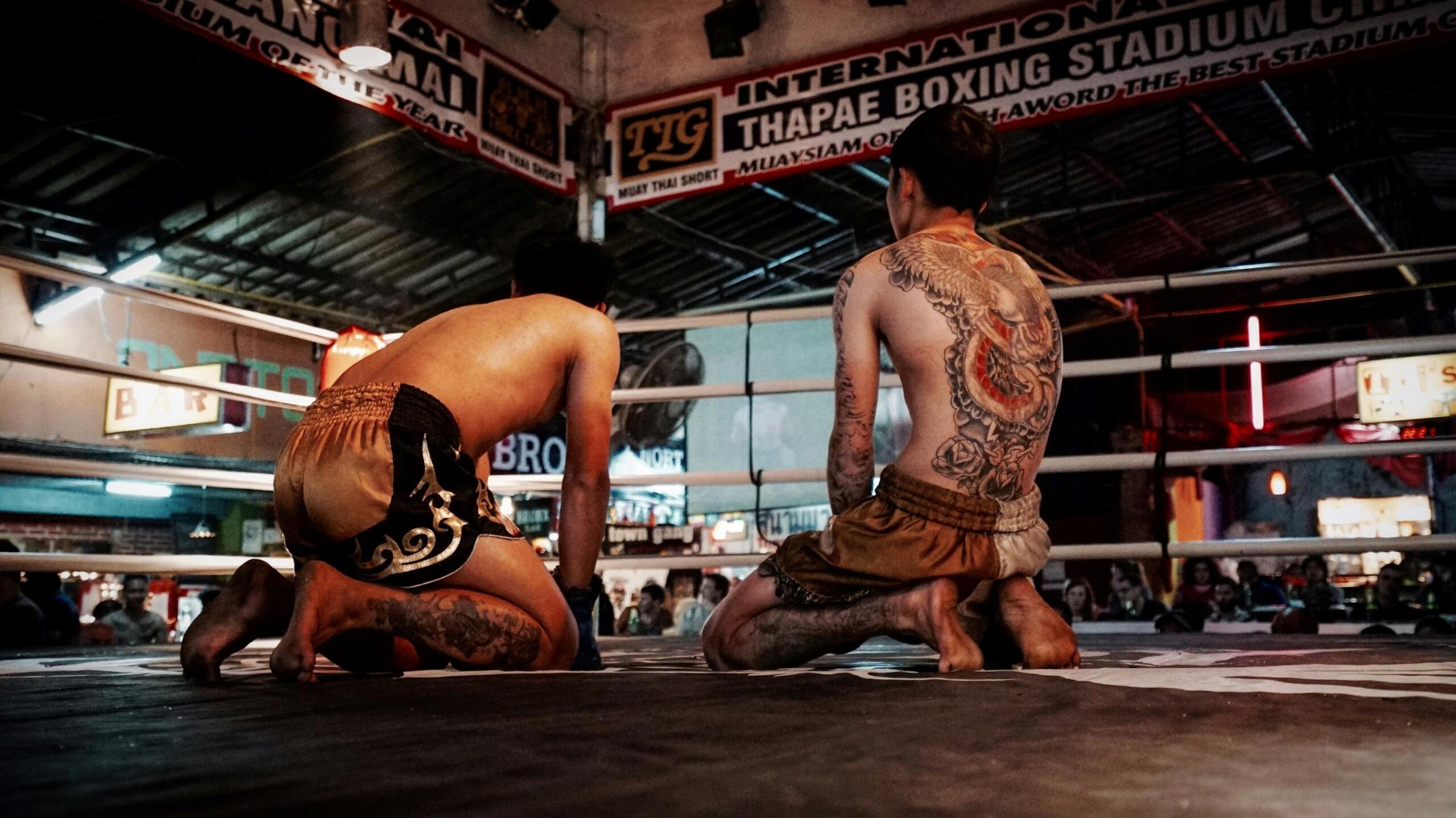
Young athletes are starting earlier than ever, training under world-class instructors in Brazilian Jiu-Jitsu, wrestling, kickboxing, and Muay Thai—helping them build the well-rounded skill sets needed to compete at the highest levels.
For those who want to supplement their gym training or prefer a more personalized approach, platforms like Superprof offer another way to level up. By connecting students with experienced MMA coaches, Superprof provides tailored lessons in striking, grappling, and fight strategy. Whether in-person or online, these coaching options give fighters of all levels the flexibility to sharpen their skills and improve at their own pace.
This surge in training opportunities is fueling a new wave of Canadian talent, many of whom are already making their mark on the international stage. With the UFC consistently hosting events in Canadian cities like Toronto, Vancouver, and Calgary, the country remains a key market for the promotion.
Canada has already produced legends like Georges St-Pierre, and a new wave of Canadian MMA fighters is following in his footsteps. Names like Charles Jourdain and Hakeem Dawodu are making waves in the UFC, while rising prospects continue to emerge from regional promotions.
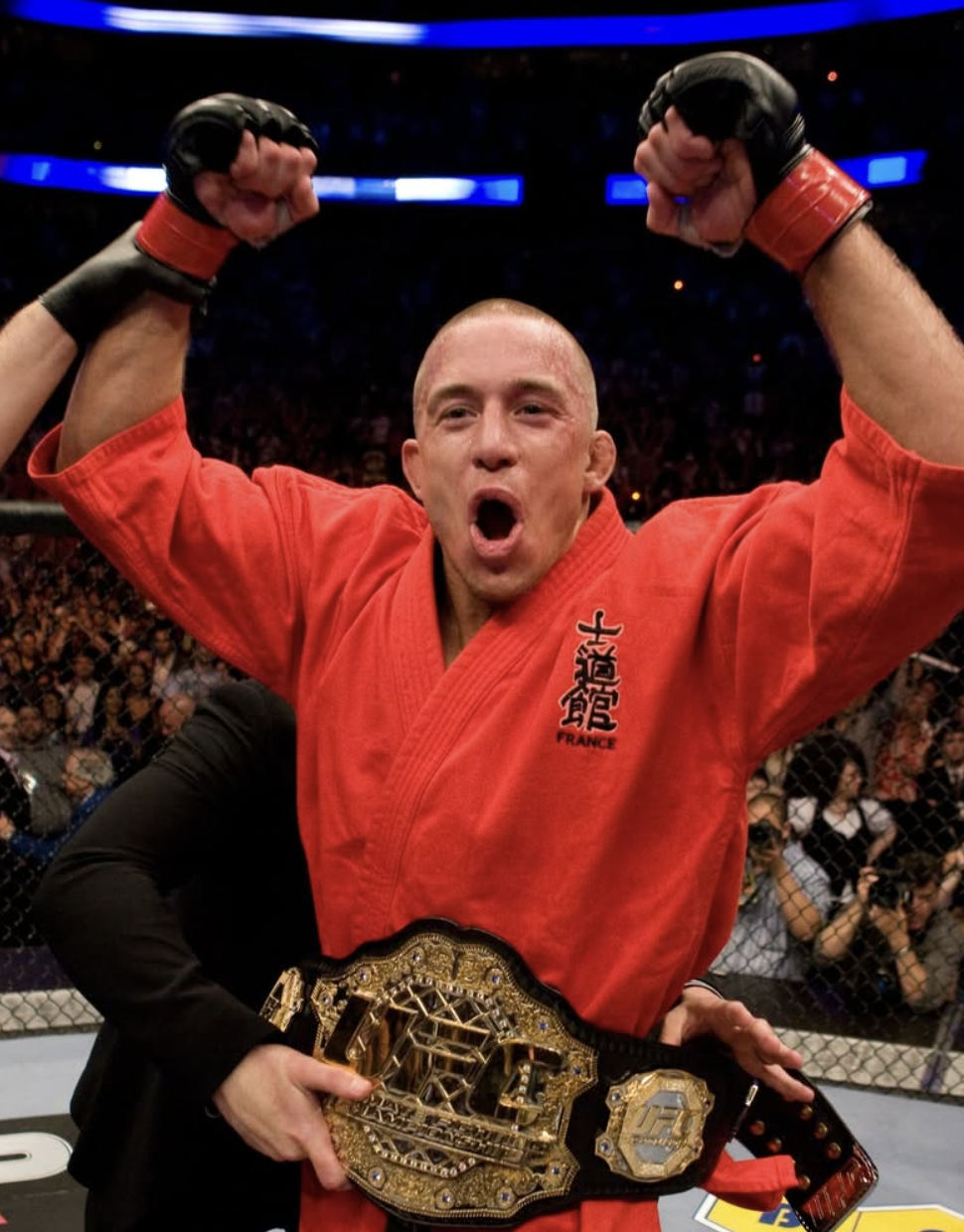
As MMA keeps growing worldwide, some wonder if it could one day become an Olympic martial art. While that’s still up in the air, there’s no doubt about the sport’s legitimacy and massive following. With strong local promotions, more gyms, and a steady flow of rising talent, Canada is proving itself as a top MMA nation — and the best is yet to come.
Conclusion
MMA has come a long way from its underground days, evolving into one of the most exciting and widely followed sports in the world. In Canada, the growth has been incredible—more fighters are emerging, top-tier events are drawing massive crowds, and local promotions are helping develop the next generation of stars. With the sport continuing to expand, Canada’s presence in the MMA world is stronger than ever.
Whether you’re a casual fan tuning in for the biggest fights or someone following the rise of Canadian MMA fighters, there’s no doubt that the sport’s influence in the country will only keep growing. The best is yet to come.

